This week, we lost one of our heroes, Sir Ken Robinson. He believed, “the purpose of education is to help young people understand the world around them and engage in the world within them” and that instruction in our schools must enable students to develop the competencies to achieve these goals. The current world around us is hard for children to understand right now, many are experiencing trauma, and these goals have become even more important.
Let’s Link Learning
Yet, often related professional learning (e.g., SEL or social justice) is presented and applied in silos–a practice we discourage in our classrooms. As we begin a new year like none other, to support teachers in support of their learners, professional learning should
- Make connections to previous years’ professional learning and build on teachers’ prior knowledge, and current strengths, skills, and needs
- Build coherence across the various professional learning focus areas in the district and school and the vision for teaching and learning (Fullan, 2015)
- Result in the integration of academic and social and emotional learning
We can not further overwhelm teachers adding to their already long lists of challenges this year. We have to help the content expert who was not formally trained in trauma-informed priorities or SEL see that her current teaching practices are directly supporting SEL (or how they may be directly hindering)…or the teacher who teaches isolated SEL lessons in September how to utilize content, tasks, curriculum, text, and even standards in every unit all year to build SEL competencies. Mike Anderson in the aptly named, Social-Emotional Learning and Academics: Better Together, says (gasp), “The Common Core State Standards give us a golden opportunity to teach social-emotional skills and academic skills together. (See CT’s K-3 Standards aligned to CCSS)
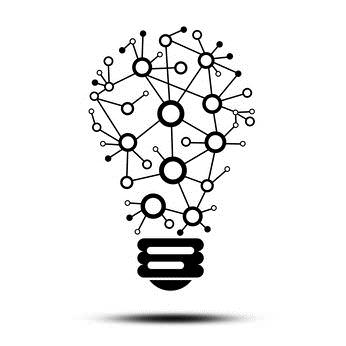
Because we should not separate academic learning from social emotional learning. Our very human nature is to seek coherence, and our brains remain hardwired to identify interconnections in order to establish meaning.
| “Major domains of human development—social, emotional, cognitive, linguistic, academic—are deeply intertwined in the brain and in behavior, and all are central to learning…Social, emotional, and cognitive capabilities are fundamentally intertwined—they are interdependent in their development, experience, and use ” (Aspen Institute, 2017). |
We have the opportunity to not only integrate SEL into daily practice and academic learning, but to focus on what Dena Simmons calls Fearless SEL:
| “SEL skills can help us build communities that foster courageous conversations across differences so that our students can confront injustice, hate, and inequity” (2019). |
and what CASEL calls Transformative SEL:
| “A process whereby young people and adults build strong, respectful, and lasting relationships that facilitate co-learning to critically examine root causes of inequity, and to develop collaborative solutions that lead to personal, community and societal well-being” (2020). |
Let’s Make Connections
But teachers need professional learning and feedback now more than ever to better understand and act on this. We must help teachers see connections amongst research, short-term priorities and long term goals for learners, existing practices, previous professional learning, and expectations on the district framework.
| “To bridge the connection between social-emotional learning and the work that educators are already doing, educators need access to tools, supports, and resources on social-emotional learning that are integrated into existing teacher evaluation and professional development systems” (Yoder, 2014). |
Ask yourselves:
- What knowledge do I/we need to secure?
- What skills will I/we need to be able to demonstrate?
- What dispositions will I/we need to possess and teach?
- What are the best tools to get me there? How can I leverage our framework for growth and support?
The state of CT has offered the flexibility to waive teacher evaluation ratings this coming year, allowing an instructional framework to serve solely as a tool for growth, self-reflection, and common understanding.
Consider expectations for teaching and learning from the CT framework (CSDE Domain 1, 2017) and Figure 2 below that shows potential connections and alignment you could identify:
Figure 2: Making Connections
| SEL | Culturally Responsive Pedagogy/ Equity | Trauma | 4 Stages |
| Competencies: self-awareness, self-management, social awareness, relationship skills, & responsible decision making (CASEL, 2020) | Characteristics: self-identity & community, cultural differences embraced & integrated, independent learners.high expectations (Gay, 2018, Hammond, 2015) | Trauma-informed priorities: predictability, flexibility, empowerment, & connection (Chevrin-Venet, 2020) | Priorities of Stage 1: communication, relationships, routines, classroom community (Tepper & Flynn, 2020) |
The connected teaching and learning form the foundations for increased student engagement, discourse, collaboration, deep thinking, and true student independence and ownership, which historically marginalized students struggle to master–a major driver of the achievement and opportunity gap (Hammond, 2015). Notice the throughline of the goals and expectations into CCT 3b & 3c (2017):
Regardless of the model or framework, each expected learning outcome is aligned to a set of student understandings, skills, tools, and dispositions that must be explicitly taught and modeled by a teacher and then reinforced through teacher and peer feedback in classrooms. Teachers require understandings, skills, tools, and dispositions to achieve the expected learning outcomes–which will form the foundation for evaluator artifact review, evidence-collection, feedback, professional learning, and goal setting (Tepper and Flynn, 2020). Figure 1.3, an excerpt, can help ready leaders for this work.
Figure 1.3: Examples of SEL Skills & Teaching
Let’s Make Meaning
As you plan professional learning and feedback cycles that teachers so desperately need this year and place SEL at the center, you are probably finding it nearly impossible to prioritize and identify how to best use your precious time. Therefore, to ensure support for all staff and students and to continue to cultivate a culture of learning, the answer is to move from a silo approach toward making connections to make meaning–embracing a coherent systems-wide, school based shift. When we promote deeper thinking, reflection, collaboration, and personalized meaning-making through connections, we create opportunities for mastery experiences and increased self- and collective efficacy–for staff and students.
“It’s education that’s meant to take us into this future we can’t grasp.” – Sir Ken Robinson
Need further guidance? Contact us directly and check out our resources and new webinars on our site
Let’s stay connected – Sign up for our mailing list
Twitter: Amy @ATep46 Patrick @ReVISION_Learng
Order our books Feedback to Feed Forward: 31 Strategies to Lead Learning and Learner-Focused Feedback: 19 Strategies to Observe for Impact today!
Blog References
Aspen Institute. (2017). How learning happens: Supporting students’ social, emotional, and academic development. Retrieved from https://drive.google.com/file/d/1TqOUm2pHJTE94N3o9C9lFMklrI9U9tE9/view
The Collaborative for Academic, Social, and Emotional Learning (CASEL). Core SEL competencies. Retrieved from https://casel.org/core-competencies/
Chevrin-Venet (2020). Trauma-informed distance learning. Retrieved from https://tiie.w3.uvm.edu/blog/trauma-informed-distance-learning/#.X0f3gtNKjwd
Connecticut State Department of Education (CSDE). (2017). The Connecticut Common Core of Teaching (CCT) rubric for effective teaching [online pdf]. Retrieved from https://portal.ct.gov/-/media/SDE/Evaluation-and-Support/CCTRubricFor EffectiveTeaching2017.pdf?la=en
Fullan, M. & Quinn, J. (2015). Coherence: The right drivers in action for schools, districts, and systems. Thousand Oaks, CA: Corwin.
Gay, Geneva. (2018). Culturally responsive teaching: Theory, research, and practice. 3rd ed. New York, NY: Teachers College Press.
Hammond, Z. (2015). Culturally responsive teaching and the brain: Promoting authentic engagement and rigor among culturally and linguistically diverse students. Thousand Oaks, CA: Corwin.
Simmons, Dena. (2019 April). Why we can’t afford whitewashed social-emotional learning. ASCD Education Update. Retrieved from http://www.ascd.org/publications/newsletters/education_update/apr19/vol61/num04/Why_We_Can’t_Afford_Whitewashed_Social-Emotional_Learning.aspx
Yoder, (2014). Teaching the whole child instructional practices that support social-emotional learning in three teacher evaluation frameworks. Center on Great Teachers & Leaders. [online pdf] Retrieved from https://gtlcenter.org/sites/default/files/TeachingtheWholeChild.pdf

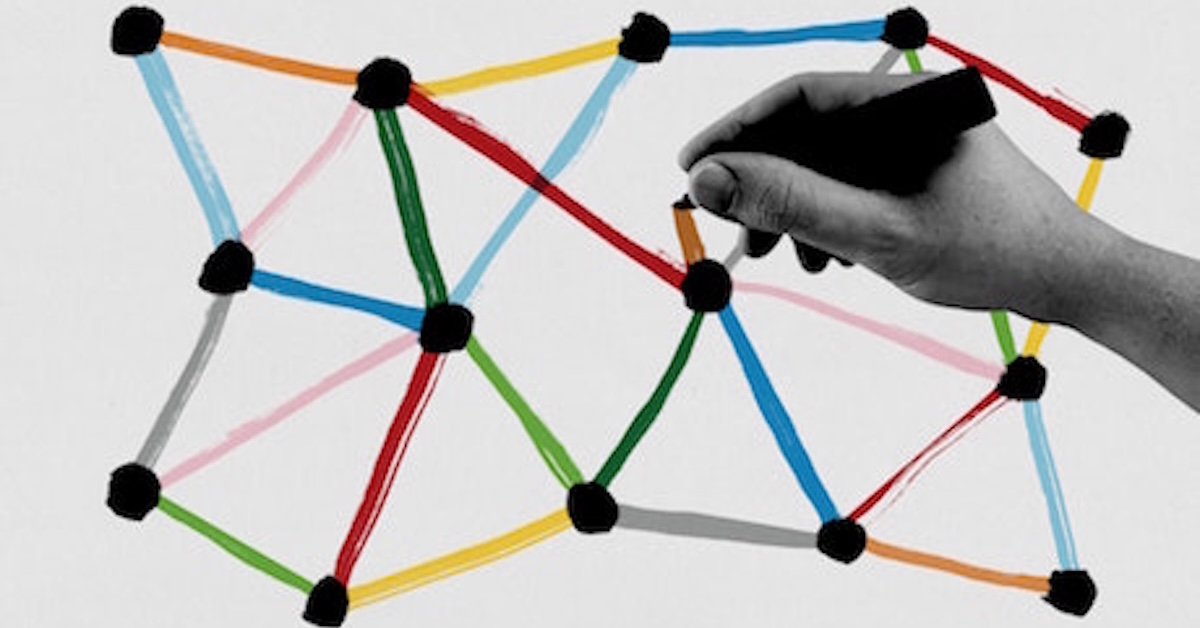
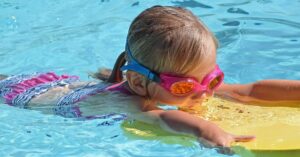
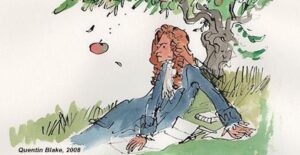

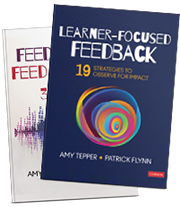
Leave a Reply